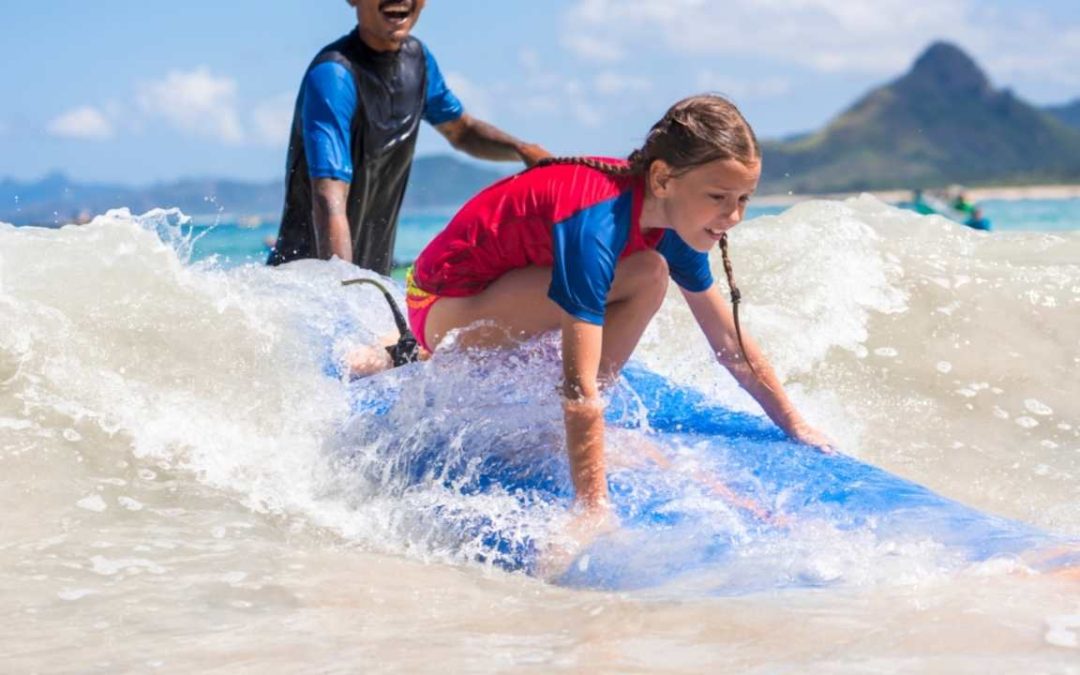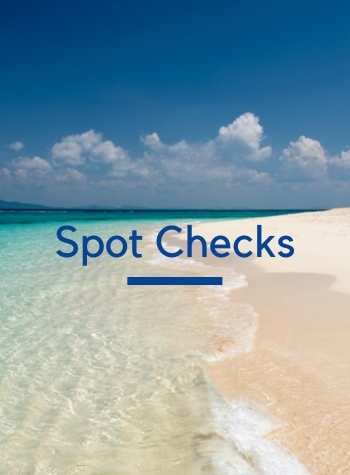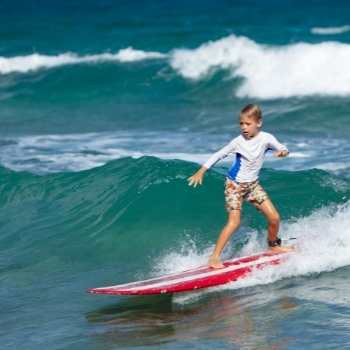Donʻt feel bad. Most beginning surfers have trouble with this. But it goes away…and gets better, a lot better.
Iʻm talking about pearling.
Pearling is when the nose of your surfboard digs into the water as youʻre trying to take off on a wave and it causes you to wipe out. Also known as nosediving. It can be caused by improper weight distribution, bad positioning, or simply riding too close to the lip of the wave.
The affliction of pearling mainly affects beginning surfers because they do not have the experience to correctly position themselves on their surfboard.
However, pearling is definitely not something only beginner surfers experience, so don’t let it get you down too much! It happens to the best of us from time to time.
Luckily, youʻve found this blog post. Weʻre got the remedy to your pearling disease.
How To Avoid Pearling When Taking Off
The main cause of pearling while taking off can be typically attributed to being positioned too far forward on your surfboard.
Micro adjustments of your body on your surfboard are very important when finding exactly where you should be positioned. Sometimes all it takes is moving back a ½” to make all the difference in the world.
So how do we do this exactly?
- When first laying down on your surfboard, pay attention to how far the nose of your surfboard is out of the water.
- Adjust your body until the nose of your surfboard is about 2” to 3” above the surface of the water while paddling.
- As you paddle for a wave, keep your body positioned on your board, lift your chest a little bit as you paddle, keep your legs together and allow them to push down on the tail of your board as your chest lifts up. You may need to make micro-adjustments.
- When you feel the wave catch you, push your chest up which naturally pushes your legs down on the tail of the board which will help with pearling.
- Hop to your feet as quickly as you can. If youʻre riding a shortboard, youʻll want your back foot on the tail and the front foot in the middle of the board. On a longboard, youʻll be a little more forward from the tail.
- Sit back and enjoy the ride. This is where it gets a lot better.
Sometimes avoiding pearling means you have to up your paddling skills. You can do that by reading this post that covers everything about Paddling.
Other Tips To Avoid Pearling or Nosediving
Something else to keep in mind is the angle of your take-off. If you’re taking off too close to the whitewater, you’re more likely to pearl. Try to take off at a slight angle, rather than straight on.
Another essential practice to avoid pearling is to make sure you paddle fast enough to go with the speed of the wave. If you don’t paddle hard enough, then you will not have enough speed and this can cause you to pearl. Try to keep up with the waves and adjust your paddling accordingly.
The type of wave you are attempting to surf also plays a part in whether or not youʻre going to spend your whole session nosediving. A hollow wave requires a faster, earlier entry, otherwise you will pearl.
It is also important to keep an eye on where you are in relation to the lip of the wave. If you are too close to the lip, then you will have a higher chance of pearling.
Just remember to take it easy at first and don’t go for the big waves until you have more experience. This will help you get a feel for how to avoid pearling.
By following these tips, you should be able to significantly reduce your chances of pearling. However, when it comes to being able to avoid pearling altogether the best thing you can do is to practice and then practice some more.
To teach yourself to better learn how to surf, be sure to read this post.
Where To Position Yourself On Your Surfboard
As mentioned earlier, when you are paddling out to the waves, it is important to pay attention to where you are positioned on your surfboard.
If you are too close to the nose of the board, you run a high risk of pearling. Instead, try to position yourself so the nose of the board is 2” to 3” out of the water while you paddle.
This way, you’ll be able to have control over the board, paddle faster and avoid pearling.
Where you position yourself on a shortboard will be slightly different than on a longboard.
While on a shortboard, your legs might be hanging off the tail of your surfboard a few inches compared to when you are on a longboard and your feet wonʻt even reach the tail while you are paddling.
But one thing will stay the same, the nose of the board should be 2” to 3” out of the water while you are paddling.
A great way to discover the ultimate position on your board is to find some calmer water and paddle around on your board. Make micro adjustments and see how they feel.
Is the nose staying out of the water? Are you able to paddle faster?
This will help you get a feel for where you need to be positioned and how to adjust your weight without having to deal with the (big) waves just yet.
How To Stop Yourself From Pearling While Paddling
If you start to see the nose of your board go underwater while paddling for a wave, the best thing to do is to immediately adjust your body position.
Try to push your chest up with your arms and move your weight back on the board so that the nose comes up out of the water. This may take some practice, but it is the best way to stop yourself from pearling.
If you can get the nose of the board up out of the water, then you will be able to ride the wave instead of pearling.
Do make sure to pop up quickly after you’ve adjusted your position so that you don’t lose the wave.
It is also important to stay calm and not panic if you start to pearl. If you panic, then it will be harder to adjust your position and you likely end up falling off the board.
Now, let’s not beat around the bush: pearling is definitely not a fun experience, but it is something that all surfers have to deal with at some point. Even the more experienced surfers tend to pearl every now and then!
So, the next time you are out surfing, be aware of the potential for pearling, apply the tips provided in this article and you will likely be able to avoid it.



